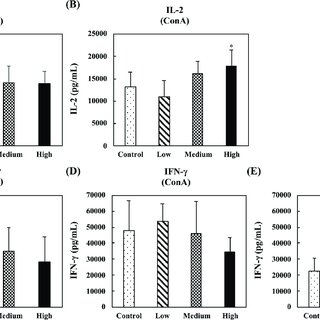August 2022
·
45 Reads
·
5 Citations
Journal of Traditional and Complementary Medicine
Influenza, also known as “flu”, is an infectious disease caused by influenza viruses. Three types of influenza virus, A, B, and C, are able to infect humans. In most people, influenza causes mild symptoms, but it can also induce severe complications and death. Annual influenza vaccines are currently the main intervention used to minimize mortality and morbidity. However, vaccination frequently fails to provide adequate protection, especially in the elderly. Traditional flu vaccine targets hemagglutinin to prevent virus infection, but the constant mutation of hemagglutinin means that it is a challenge to develop vaccines quickly enough to keep up with mutations. Thus, other methods of curbing influenza incidence would be welcomed, especially for vulnerable populations. Although influenza viruses primarily infect the respiratory tract, influenza virus infection also induces intestinal dysbiosis. Through gut microbiota-derived secreted products and the circulating immune cells, gut microbiota can affect pulmonary immunity. The crosstalk between the respiratory tract and gut microbiota, termed the “gut-lung axis”, is observed in the regulation of immune responses against influenza virus infection or inflammation-induced lung damage, indicating the possibility of using probiotics to prevent influenza virus infection or alleviate respiratory symptoms. In this review, we summarize the current findings on the antiviral functions of particular probiotics and/or combinations and discuss the antiviral mechanisms and immunomodulatory activities of probiotics in vitro, in mice, and in humans. Clinical studies show probiotic supplements can provide health benefits, not only to the elderly or children with compromised immune systems, but also to young- and middle-aged adults.













































